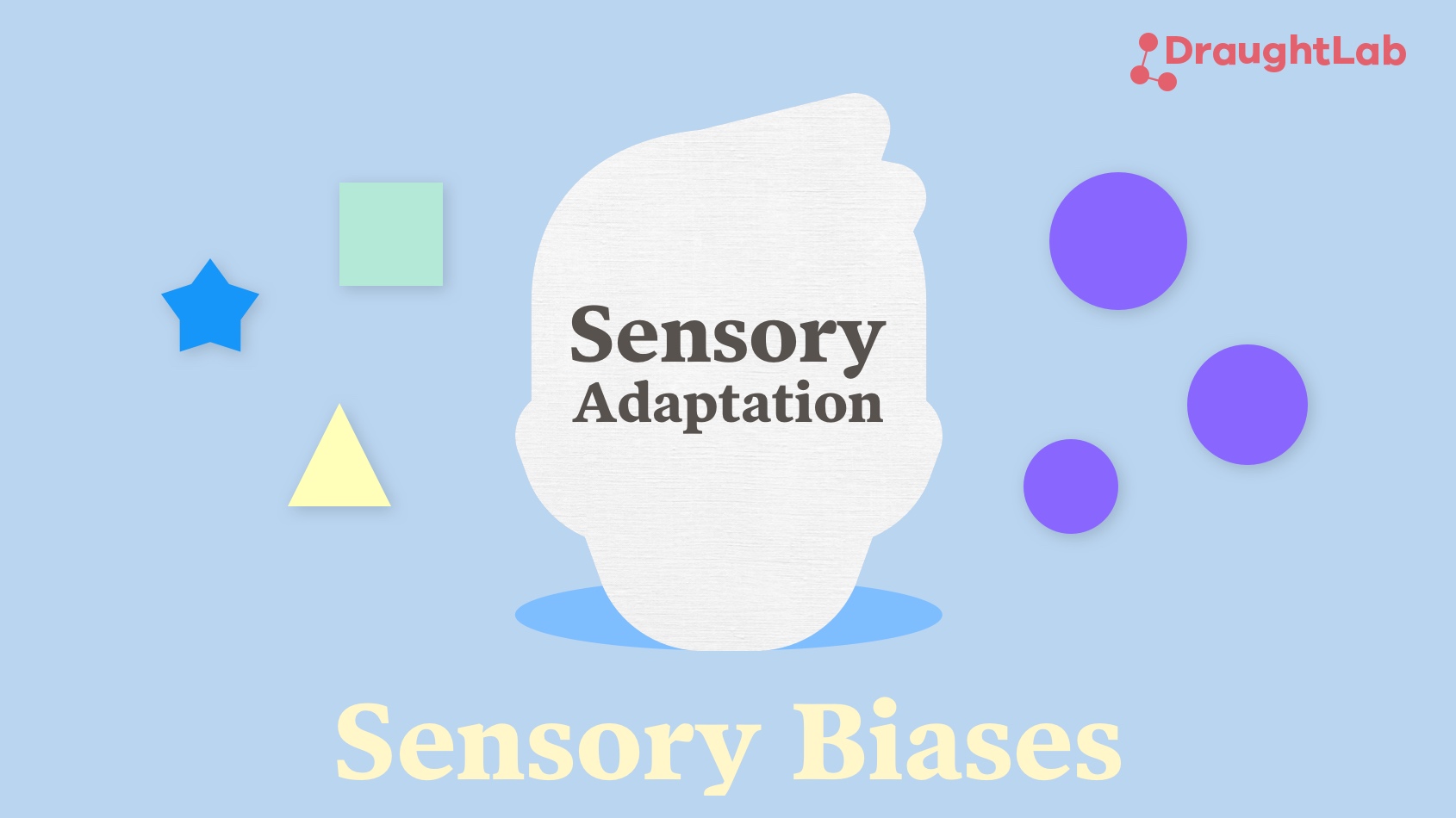
We experience nonstop sensory stimulation throughout the day: birds chirping, construction noise, the acrid smell of tar on fresh asphalt. While we initially perk up to these intrusions, we notice them less and less as they persist. Why? Sensory adaptation gradually tunes them out, allowing us to actually get stuff done. All 5 senses experience this phenomenon, and it’s totally automatic - which also means it’s completely beyond our control.
What is an example of sensory adaptation on a panel?
Adaptation is a crucial human trait, but it presents a challenge to your sensory panel. Say you set up a panel to taste 8 different batches of your famous belgian chocolate ice cream. By the 7th sample, panelists may not notice the bold cocoa character - even if it’s still there. That's because they’re adapting to it.
How can sensory adaptation influence your panelists?
Once sensory adaptation sets in, panelists will be unable to determine if they’ve got a bland sample or they’ve simply adapted to the brand’s character. You may see scores plunge in the latter half of your panels even though your samples aren’t actually any worse. Adapted tasters will become unreliable, and your data will follow suit.
Another effect of adaptation is more personal: smokers are adapted to the smell of smoke on their clothes and skin, but nonsmokers are not. The jarring smell of smoke or perfume can derail a panel, particularly when you're tasting a subtle, nuanced product.
How can I prevent this from influencing my panel? Here are a few tips:
Tip 1: Build in breaks
If you have a lot of similar samples to get through, you’ll need to build breaks into your panel. We don’t recommend tasting more than 4 samples of the same product at a time and no more than 8 total for a single panel. A glass of water and a neutral snack like unsalted saltine crackers can help the palate reset. Remember: if you schedule a marathon panel in the name of efficiency, a hefty percentage of it may actually be counterproductive, with sensory adaptation leading to a deluge of poor quality data!
Tip 2: Vary product samples when possible
A varied taste panel prevents adaptation from taking hold and naturally keeps your panelists more engaged. Schedule your subtler, lighter products for the start of the panel and the heavier, more flavorful ones for the end.
Tip 3: Maintain a neutral panel environment
Limit outside aromas as much as possible. Yes, chili is better the next day, but you don’t want it wafting into your taste panel from the break room next door. Keep your panel away from food service or production areas where other aromas might creep in. Also, try to encourage panelists to avoid wearing body scents or even from smoking before tasting. Include these guidelines in your “ground rules” email to new panelists and you'll avoid most awkward conversations regarding any personal matters.
If you think your tasters are struggling with sensory adaptation on your panels, don’t worry. Hop into one of our office hours slots and we’ll work through it together!
DraughtLab offers practical and approachable Sensory Analysis Solutions that deliver real-world value to food and beverage companies. Visit our website or reach out to us at info@draughtlab.com to learn more!